Finally, it looks like we might actually be able to go on holiday in Europe again. I’ve been overseas a few times since this pesky covid business began, but it’s always been for work, not leisure, and it’s always been a nuisance: tests on the way out, tests on the way back and yet more tests when you get home… However now travel restrictions are loosening up, a trip to the Continent no longer feels quite so fraught, and that magnificent indulgence – a short-haul city-break – seems like a practical option once more.
So where to go? Well, you’re bound to have your own favourite destinations – but if you fancy trying somewhere new, here are a few of mine. They’re all popular with locals, but they’re not overrun with sightseers. They’re all fairly easy to get to, but they’re still a bit off the beaten track. They’re all places where you can pretend you’re a proper traveller, not a tourist. I’ve had great times in all of them, and I can’t wait to revisit them. See you there.
Antwerp, Belgium
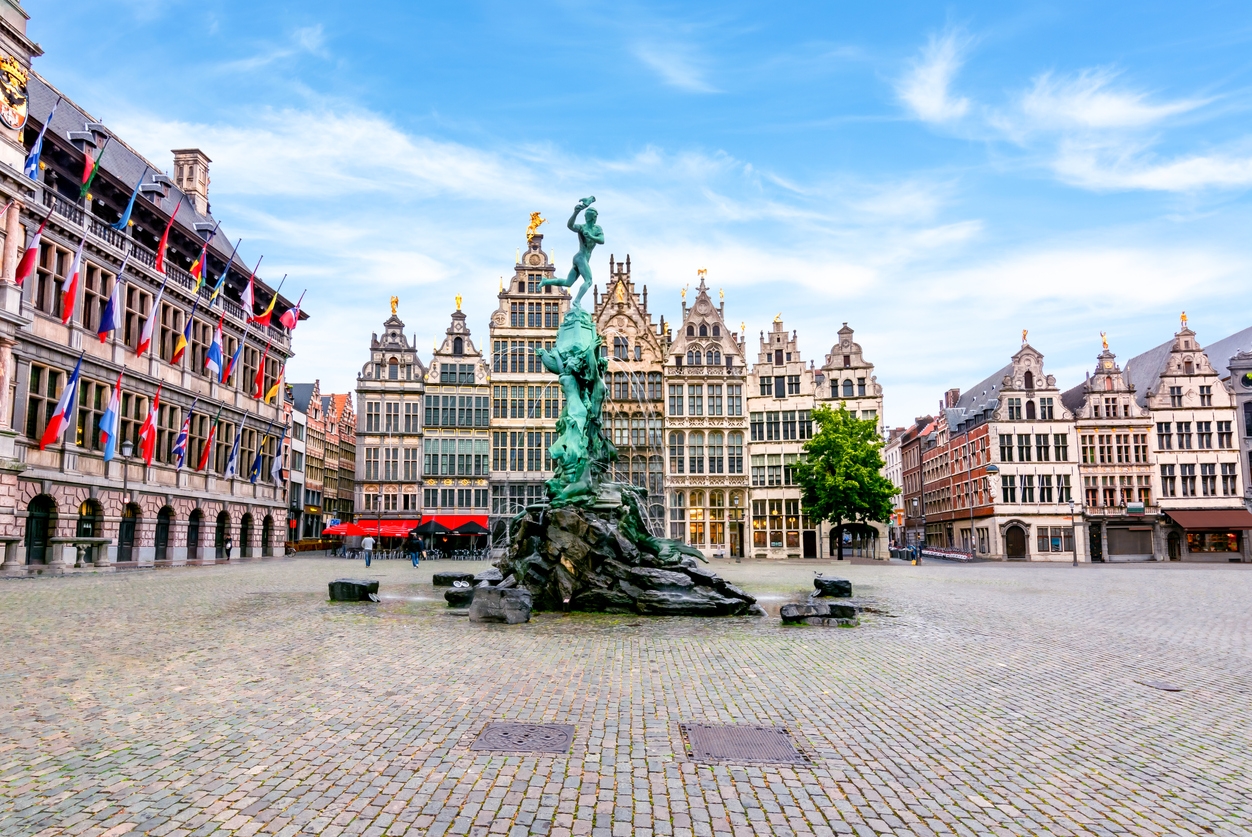
A capital in all but name, the hub of Flemish-speaking Flanders, Antwerp is an invigorating mixture of old and new. The hometown of Rubens, the city is littered with his voluptuous paintings, not only in the ornate mansion where he lived and worked (now an atmospheric museum) but also in the cathedral, and in several smaller churches too. There’s heaps of historic architecture, everything from baroque to Art Nouveau, but Antwerp isn’t an antique relic. It’s both a gutsy international port and a chic centre of the fashion industry, and its Kosher diamond district feels like the setting for a film noir.
Bregenz, Austria
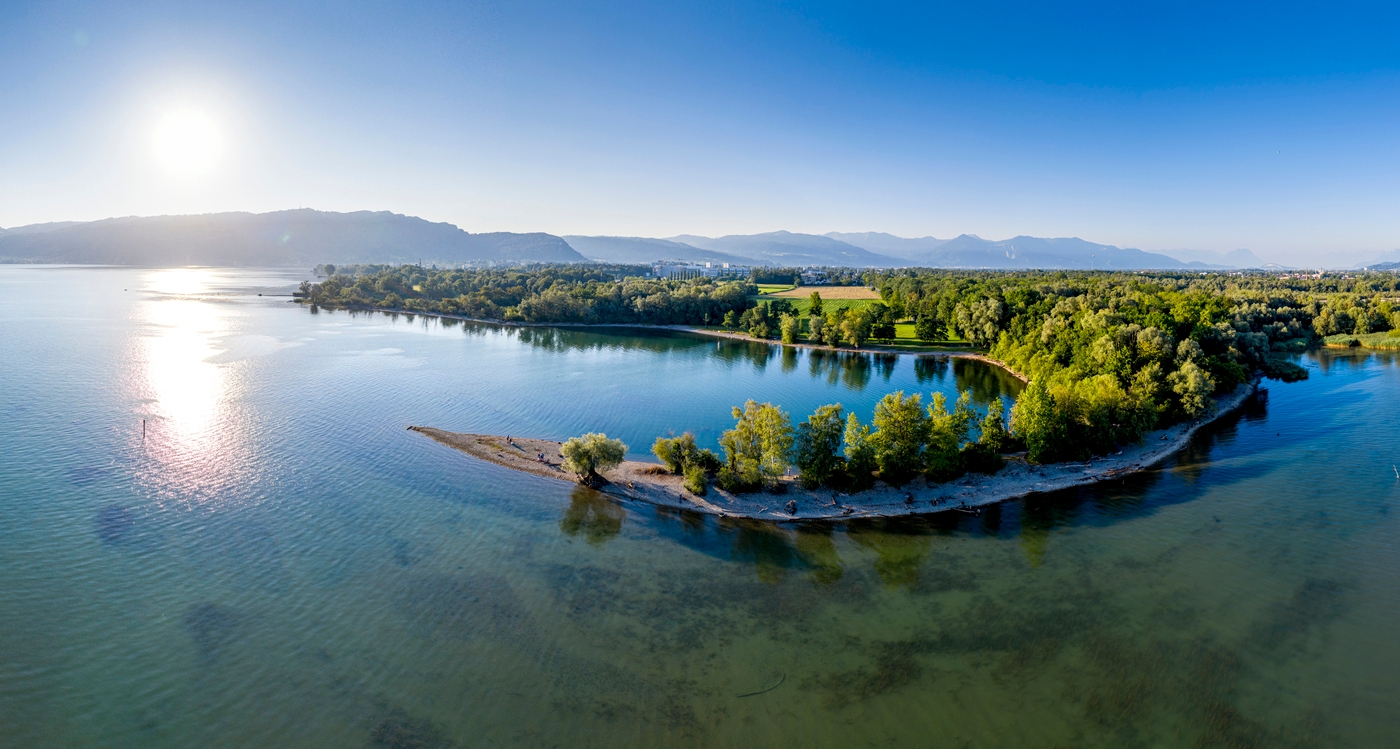
A border and a thoroughfare between Germany, Austria and Switzerland, the Bodensee (aka Lake Constance) is almost unheard of in Britain, but the Germans, Swiss and Austrians all love it, and the handsome Austrian town of Bregenz, wedged between Germany and Switzerland, is one of the nicest spots on this huge lake. The waterfront is a lovely place to wander, with outdoor opera every summer (the spectacular pontoon sets and stages are artworks in their own right). The pretty lakeside towns of Lindau (in Germany) and Rorschach (in Switzerland) are only a short ferry ride away.
Lausanne, Switzerland
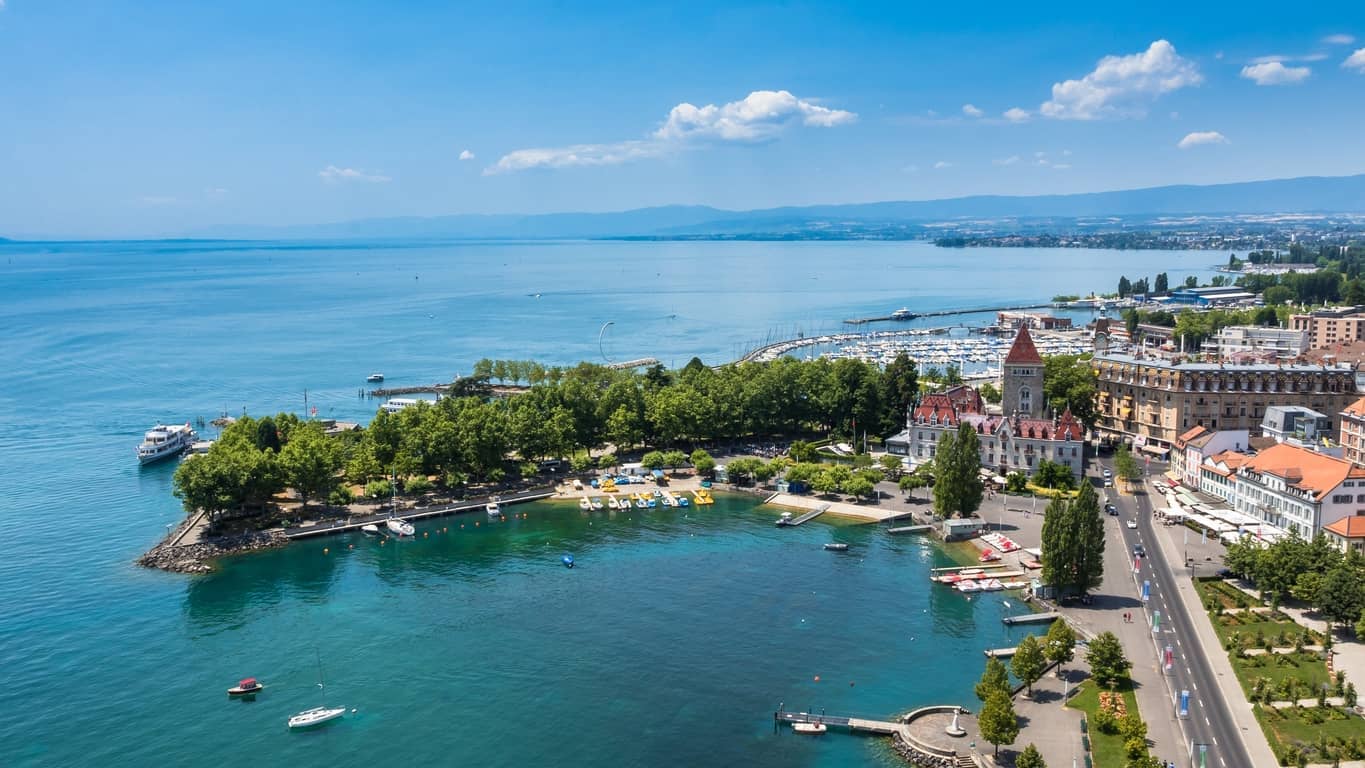
The liveliest city on Lake Geneva, in a stunning location, it’s a mystery why Lausanne is so unfamiliar to British visitors. Naturally the superhuman strength of the Swiss Franc doesn’t help, but it’s perfectly possible to spend a weekend here without breaking the bank. The setting is breathtaking, on a steep hillside above the widest part of the lake – it’s a treat to simply stroll around and admire the snowcapped peaks across the water. There are several superb galleries (don’t miss Jean Debuffet’s Collection de l’Art Brut) and a big student population gives the city a youthful, energetic buzz.
Lille, France
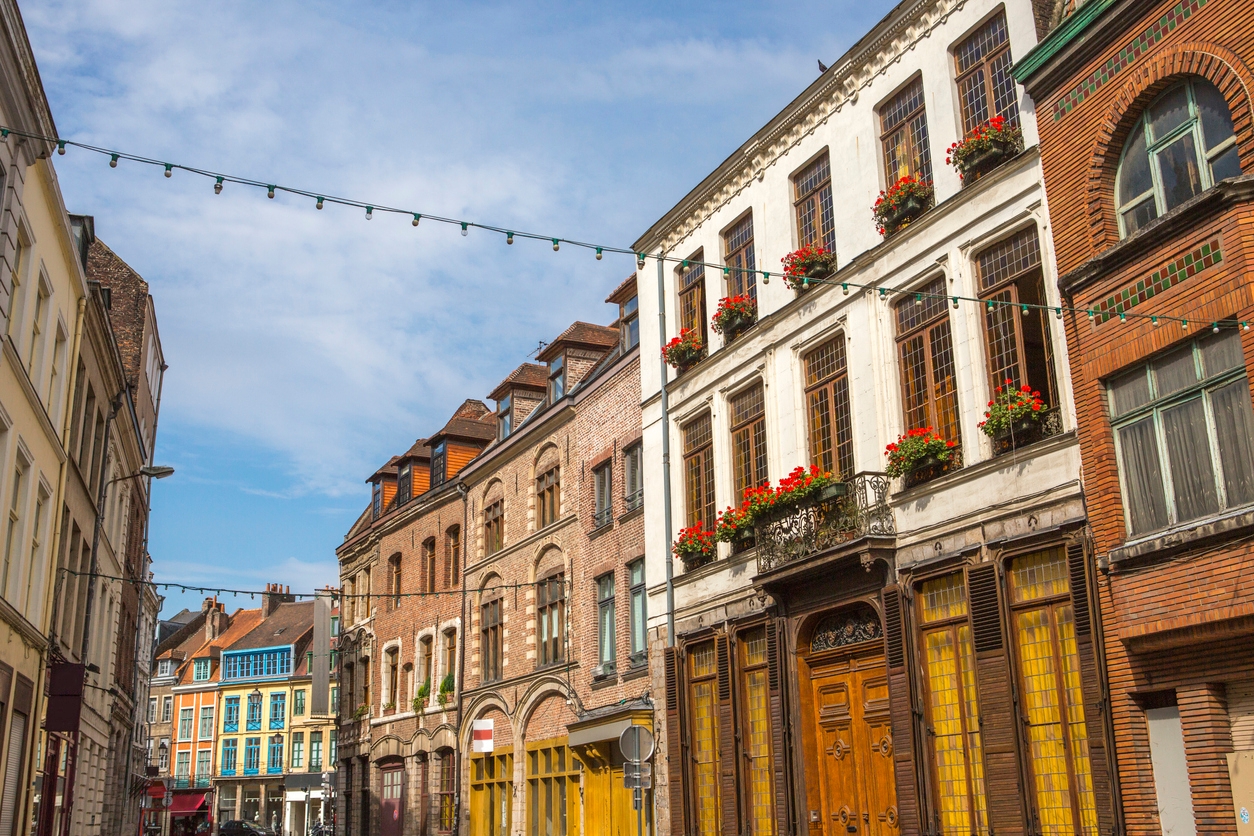
Most travellers on the Eurostar pass straight through Lille without stopping, en route to Bruges or Brussels. They don’t know what they’re missing. This rugged Flemish city is well worth a weekend visit and getting there is so easy: it’s barely 80 minutes direct from London on a high-speed train. The modern outskirts are unattractive, but that shouldn’t put you off. The picturesque Old Town (Vieux Lille) is only a short walk from the station, full of trendy bars and cafes, with plenty of renaissance architecture to gawp at. The grandiose Musée des Beaux Arts is one of the biggest galleries in France.
Maastricht, Netherlands
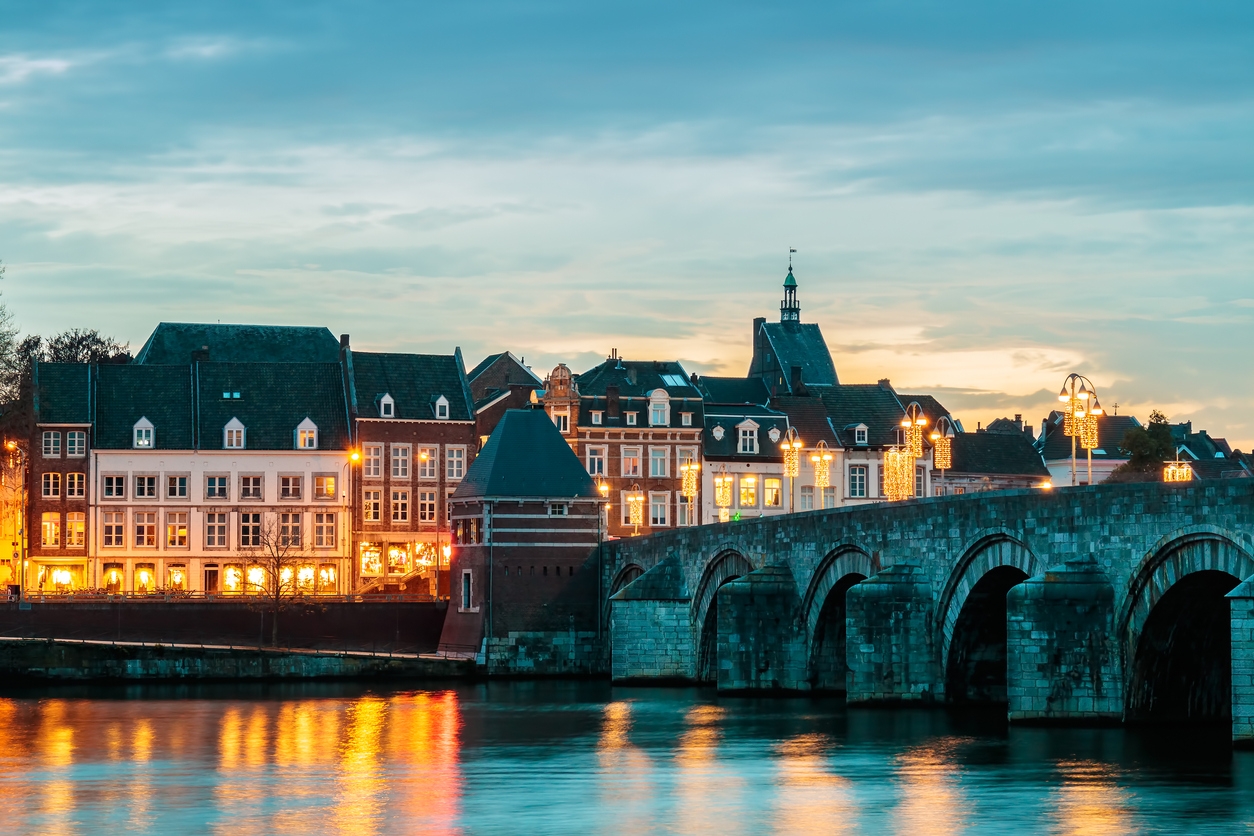
The vast majority of Britons only know Maastricht as that spot where John Major signed the treaty which sowed the seeds of Brexit, but for the Dutch it’s a pleasant party town, somewhere to go to let their hair down. Sandwiched between Belgium and Germany, in the southern Catholic enclave of Limburg, it’s a super place to spend a few days, with a charming Old Town and loads of good places to eat and drink. A walk along the robust battlements is the best way to get your bearings. The Bonnefanten Museum, a striking modern building, has a fine display of Roman and medieval artefacts.
Tarragona, Spain
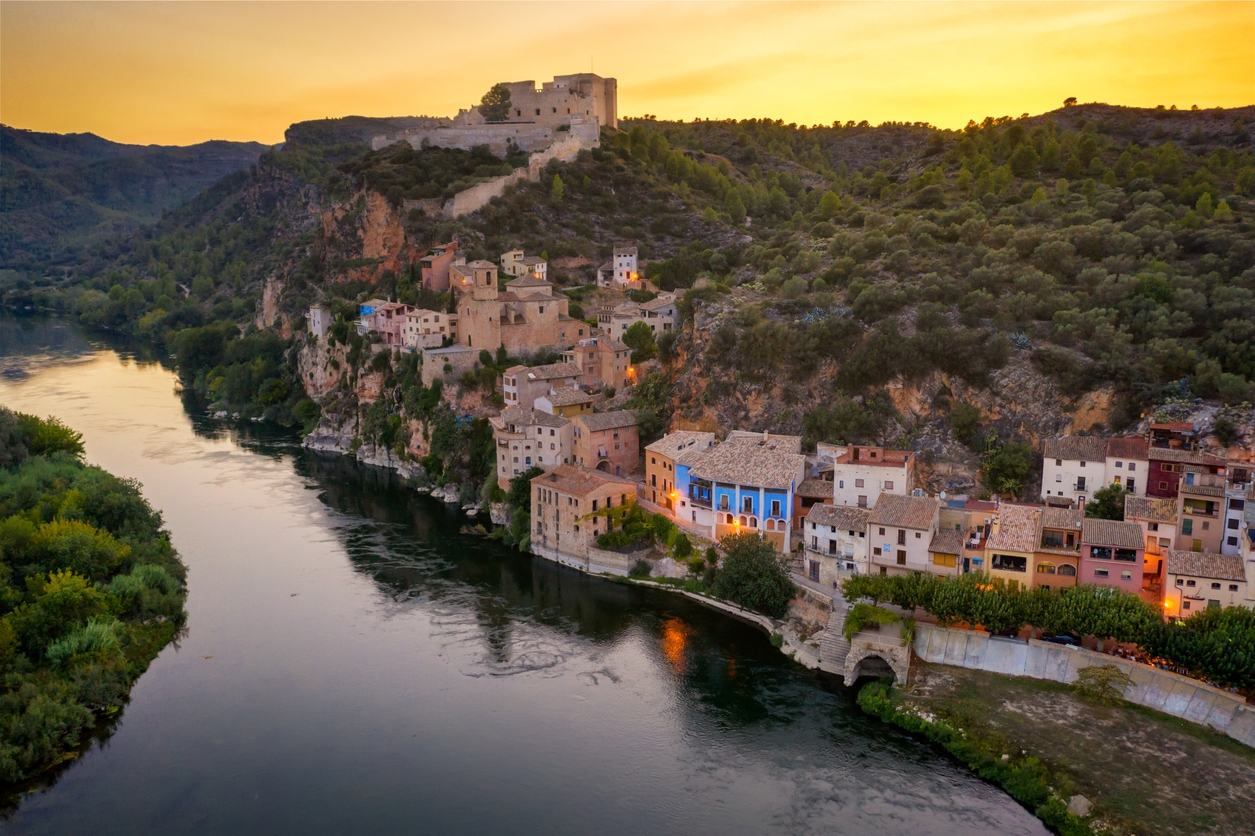
When the Romans conquered Spain they started here in Tarragona, and for several centuries this ancient port was the most important city in Iberia, with 250,000 inhabitants (100,000 more than today). There are Roman ruins all over town (look out for the forum, the necropolis and the amphitheatre…) and an excellent archaeological museum, so why isn’t Tarragona better known? The industrial eyesores around the harbour have a good deal to do with it, but don’t let that deter you. The city centre is attractive, with an abundance of authentic restaurants, and there are some splendid beaches nearby.
Trier, Germany
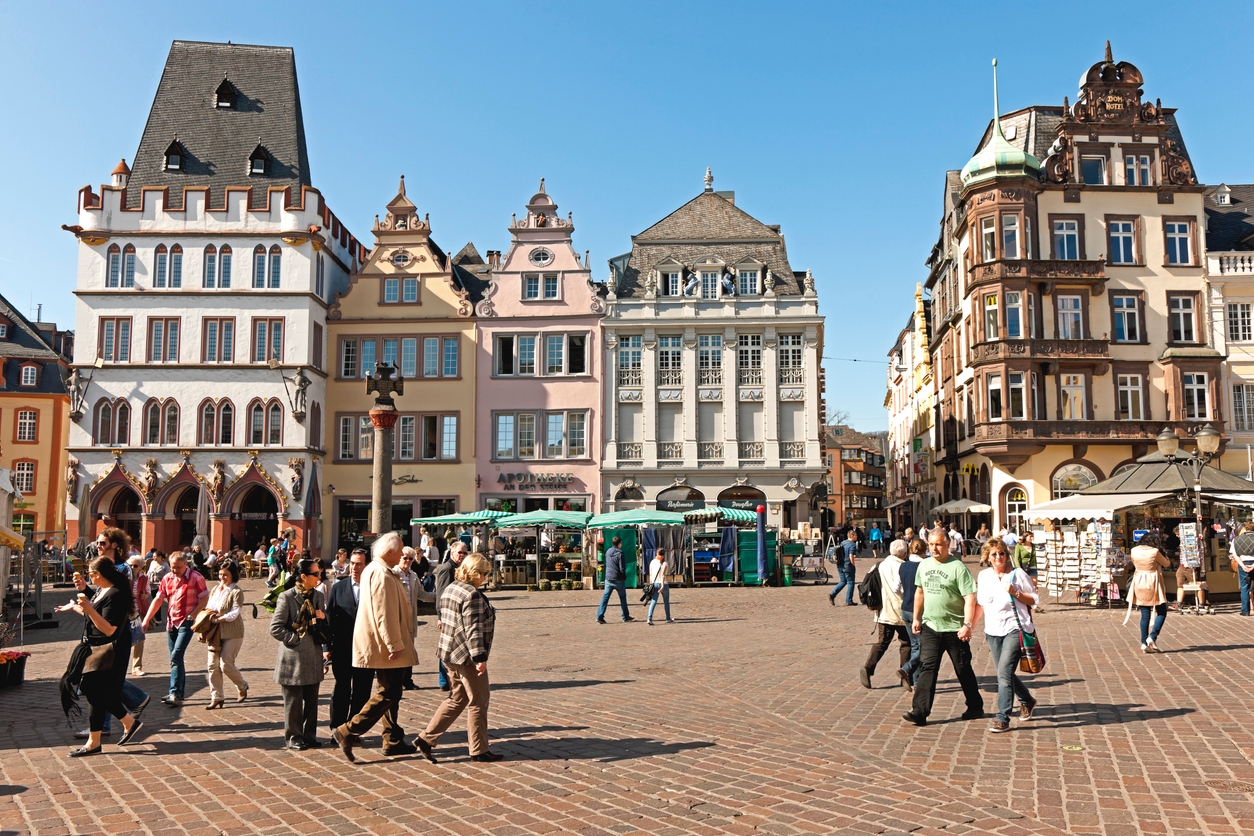
Today Trier is a sleepy place, a quiet outpost of the Bundesrepublik beside the River Moselle – but during the Roman Empire it was a bustling metropolis, second only to Rome itself. Constantine made it his capital, and the city centre boasts the most impressive classical ruins north of the Alps – the Basilica, the Porta Nigra and the Imperial Baths. Trier is also the hometown of Karl Marx – his childhood home is now an evocative museum. The modern outskirts are undistinguished, but the medieval Altstadt (old town) is exquisite, with lots of unpretentious places serving hearty Teutonic food and drink.
Trieste, Italy

Part of Austria until the end of the First World War, and part of Italy thereafter, Trieste still feels like a place apart and that’s a big part of its appeal. You can see why the Queen of Travel Writers, Jan Morris, was so beguiled by it (her travelogue, Trieste and The Meaning of Nowhere is an elegiac masterpiece). A few miles from the Slovenian border, an enigmatic no-man’s-land between Latin and Slavonic Europe, it has a strange, surreal aura, like the landscape of a dream. There are several fine museums hidden down the backstreets, but the most evocative attraction is Miramare, the seaside folly of Archduke Ferdinand, the doomed Emperor of Mexico.

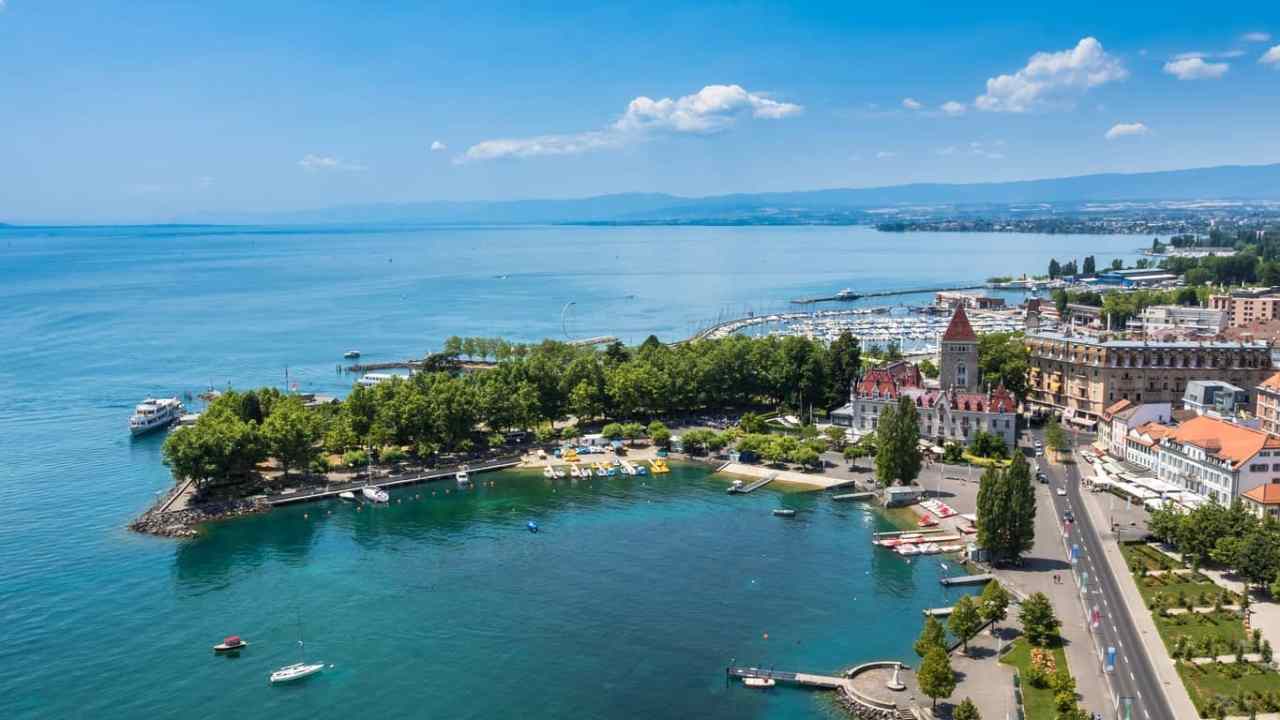





Comments